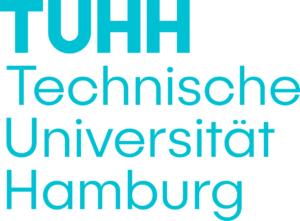In a final step, the risks must be reviewed with regard to their efficiency and effectiveness. Various methods are suitable for this purpose: In addition to a balanced scorecard, which is supplemented by a risk dimension, the risk indicator method can be cited alongside workshops and benchmarking procedures (Romeike 2004c, p. 185; Bergener 2006, p. 268; Schorcht 2004, p. 187f.).
Furthermore, controls can take place in different ways: in addition to controls at management level, they can also be carried out at activity or process level. Physical controls can also be distinguished from controls based on key figures. Controls can be manual or automated (Brünger 2009, p. 184ff.).
In addition to controls, communication plays an important role in the SCRM process (Mohr & Spekman 1994, p. 137). To facilitate handling and communication during the SCRM process, so-called risk management information systems (RMIS) can be used. If different departments, such as sales and purchasing, have access to each other’s same data sources, information exchange is more likely to occur well and efficiently (Brünger 2009, p. 209).
Associated reporting is also of great importance for SCRM success. The frequency of reporting, the volume of the report, and the target audience can promote or hinder the SCRM process (Kersten et al. 2013, p. 41).


